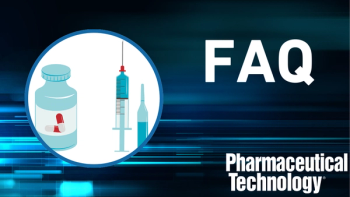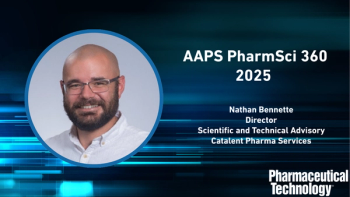
Fight Over Biosimilar Naming Continues
As the biopharma industry awaits FDA’s guidance on biosimilar naming, brand and generic manufacturers establish positions.
Possibly the most contentious issue related to biosimilar development and marketing is whether follow-on therapies should have the same or different names from the reference drug. FDA has issued guidance and defined policies on a number of critical issues, most involving product testing and data requirements to demonstrate similarity. Further guidance on labeling and on documenting interchangeability are still to come, along with a much-anticipated advisory on nonproprietary naming for these products.
FDA has heard “strong views” on the naming issue, says Sally Howard, FDA deputy commissioner for policy, planning & legislation, noting that the naming guidance is expected to be issued this year. The agency aims to define a naming system that won’t be confusing to consumers, that won’t disadvantage biosimilars, and that will ensure safe use and support pharmacovigilance, Howard explained at a recent briefing sponsored by the Alliance for Health Reform. FDA’s first approved biosimilar, Sandoz’ Zarxio, a version of Amgen’s Neupogen (filgrastim), was given the proprietary name of filgrastim-sndz, a strategy opposed by most biosimilar makers. FDA’s naming policy is important, as the agency is working with 51 biosimilar development programs, Howard reported, making for a “very robust pipeline” of new alternative biotech therapies.
Sumant Ramachandra, Hospira senior vice president and chief scientific officer, made the case at the briefing for biosimilars to have the same nonproprietary name (INN) as the reference product. This will create a simple and effective system that avoids confusing providers and patients while ensuring access to safe products. Geoff Eich, executive director for external affairs for Amgen Biosimilars, explained that Amgen argues for “distinguishable” biosimilar names to ensure that a reported adverse event relates to our product, he said, and is not a larger class problem.
Despite the dispute over product names, the two companies voiced similar opinions on the importance of different Medicare reimbursement codes (J-codes) to support competitive pricing and appropriate reimbursement. A single J-code for all biosimilar products would create “a disincentive to invest in this crucial area of medicine,” said Ramachandra. Eich agreed that specific codes will help identify the product and to aggregate data for health care analysis. Avalere Health director Amanda Bartelme explained that J-codes apply to drugs and biologics administered in doctors’ offices or hospital clinics under Medicare Part B, and that the current program sets a specific Medicare payment rate, but is unclear on whether multiple biosimilars will share the same billing code, and if that will be the same as for the reference drug.
Both Hospira and Amgen also have similar expectations that biosimilars will carry lower prices than their reference products, but that the price differences won’t be as great as with conventional generics. Hospira markets a number of biosimilars in Europe and has several under development in the U.S. Amgen is developing 9 biosimilars (for non-Amgen biotherapies) and expects to see 5–10 potential competitors for each branded biologic that loses exclusivity. “We expect biosimilars to look more like branded biologics than generics,” Eich explained, noting that each product will have its own features, that development will be longer and more costly, that the manufacturing process will be more complex, and that the biosimilars market will present several, partially differentiated products, as opposed to many very similar generics for conventional drugs.
FDA is making progress in further defining the biosimilars development pathway. It recently provided more information on how manufacturers should address issues related to biosimilar exclusivity and interchangeability in a “questions & answers” draft guidance. And the agency also finalized several earlier draft guidances clarifying scientific and quality considerations in demonstrating biosimilarity.
But “naming” remains contentious, as seen in indications that the Biosimilars Forum, a industry coalition formed to promote patient access to biosimilars, is not going to tackle that topic. The Forum recently weighed in on the importance of each biosimilar having a unique Medicare product code and reimbursement rate to encourage adoption of these products. It will address educational and reimbursement issues, but not product naming.
Newsletter
Get the essential updates shaping the future of pharma manufacturing and compliance—subscribe today to Pharmaceutical Technology and never miss a breakthrough.





